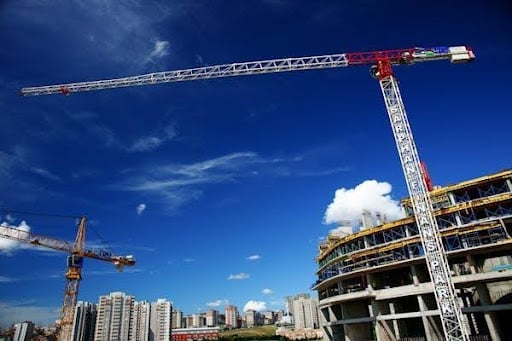
Navigating construction zones while trucking can be challenging and potentially hazardous. For truck drivers, this is especially true, as the stakes are higher due to the size and weight of their vehicles. If you find yourself in an accident, consulting a truck accident lawyer in Glasgow, KY, could be beneficial in understanding your rights and options. But, by understanding these challenges and preparing accordingly, truckers can significantly reduce their chances of being involved in an accident. As such, in the following sections, we’ll explore the main strategies that truck drivers can implement to navigate construction zones safely and efficiently.
Stay Informed and Plan Ahead
One of the most effective ways to ensure safety in construction zones is to stay informed about road conditions and plan your route accordingly. Before hitting the road, check for any construction updates or road closures along your planned route. Many transportation departments, including Kentucky’s, provide real-time updates on construction zones, allowing you to plan alternative routes if necessary.
Planning ahead also means allowing extra travel time to account for potential delays. This can help reduce stress and the temptation to speed or take unnecessary risks. By staying informed and planning your journey, you can avoid many common pitfalls associated with construction zones.
Reduce Speed and Increase the Following Distance
Speed limits in construction zones are often reduced for a reason. Lower speeds allow drivers more time to react to sudden changes in traffic patterns, such as merging lanes or stopping vehicles. As a truck driver, adhering to these reduced speed limits is crucial for your safety and the safety of others on the road.
In addition to reducing speed, increasing your following distance is another critical safety measure. Construction zones can be unpredictable, and maintaining a greater distance between your truck and the vehicle in front of you gives you more time to react to sudden stops or obstacles. This is particularly important for trucks, which require more time and distance than smaller vehicles to come to a complete stop.
Stay Alert and Minimize Distractions
Driving through construction zones demands your full attention. Stay alert to changes in traffic patterns, workers on the road, and any signs or signals indicating upcoming hazards. Avoiding distractions is essential; this means no texting, eating, or any other activities that can take your eyes off the road and your hands off the wheel.
Using hands-free devices for communication and keeping your focus on driving can help prevent accidents. Staying alert also means being aware of other drivers who may need to be more cautious, allowing you to anticipate their actions and respond appropriately.
Follow Signage and Flaggers
Construction zones are typically well-marked with signs indicating lane changes, speed limits, and other important information. Pay close attention to these signs and follow their instructions carefully. Ignoring signage can lead to dangerous situations, not just for you but for construction workers and other drivers as well.
In addition to signage, flaggers are often present in construction zones to direct traffic. Their instructions should be followed without hesitation, as they are there to manage the flow of traffic and ensure everyone’s safety. Always be prepared to stop or change lanes as flaggers direct them to.
Be Prepared for Sudden Stops and Lane Shifts
One of the most challenging aspects of driving through construction zones is dealing with sudden stops and lane shifts. These can occur without warning, especially if traffic is heavy or if there are obstacles in the road. Being prepared for these changes is crucial.
Keep a vigilant eye on the road ahead and be ready to brake or change lanes quickly. This is where maintaining a safe speed and following distance really pays off. By staying prepared for sudden changes, you can navigate construction zones more safely and avoid collisions.
Use Your Mirrors and Signal Early
Barriers, equipment, and other vehicles can limit visibility in construction zones. Using your mirrors frequently to monitor your surroundings is essential for staying aware of your position on the road and the movements of other drivers. Regular mirror checks can help you spot potential hazards early and take appropriate action.
Signaling your intentions early is another important safety measure. Whether you need to change lanes or make a turn, giving other drivers plenty of notice can help prevent accidents. Clear and early communication of your actions allows others to adjust their driving accordingly, reducing the risk of collisions.
Conclusion
Implementing these strategies not only helps protect your own well-being but also contributes to the overall safety of everyone on the road. By staying informed, reducing speed, increasing following distance, minimizing distractions, following signage and flaggers, being prepared for sudden stops and lane shifts, and using mirrors and signaling early, truck drivers can significantly enhance their safety in these challenging environments. Remember, construction zones are temporary, but the habits you develop for navigating them safely can benefit your driving for a lifetime.
